
Ducati recently announced that it will launch one of its most exotic creations, the 2023 Panigale V4R, in India in the second quarter of 2023. With a staggering price tag of Rs 70 lakh, this will undoubtedly be amongst the most expensive motorcycles on sale in India. So, what all does it get to justify that price tag?
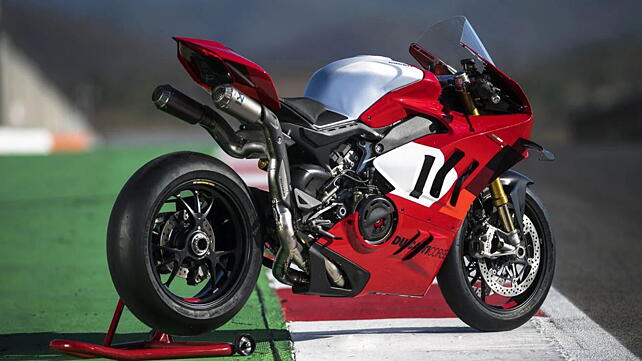
Spine-chilling performance
With a power output of 219bhp, this homologation special is incredibly powerful even in its stock form. However, once kitted up with performance-centric elements like Akrapovic race exhaust and specially developed engine oil, its 998cc, Desmosedici Stradale V4 motor pumps out a mind-numbing 241bhp. To achieve that, Ducati has executed a host of internal changes over the standard bike like new intake camshafts, lighter pistons, and gun-drilled connecting rods.
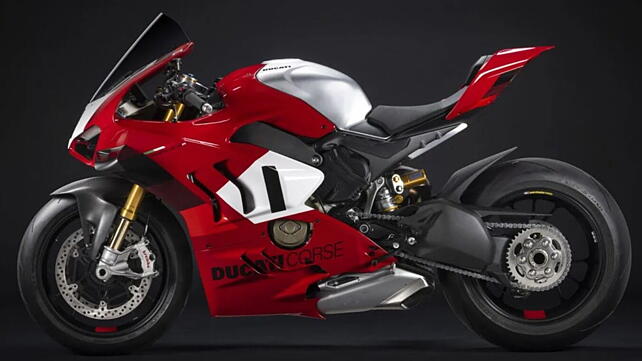
Top-notch hardware
Complementing the insane engine performance are world-class components like Ohlins suspension that are revised in terms of travel and rigidity for the Panigale V4R. Also, the entire setup is fully-adjustable. Braking hardware, meanwhile, comprises radially-mounted Brembo Monobloc Stylema four-piston calipers up front and a two-piston caliper at the rear with Bosch cornering ASB. One can also opt for add-ons like lighter magnesium rims and adjustable aluminium footpegs.
Full suite of electric aids
Keeping the rider safe on the Panigale V4R is a wide array of electronic aids. The rider gets access to four riding modes, cornering ABS, traction control, wheelie control, slide control, engine brake control, and auto tyre calibration. It also gets a bi-directional quick shifter that has been revised for a better experience.
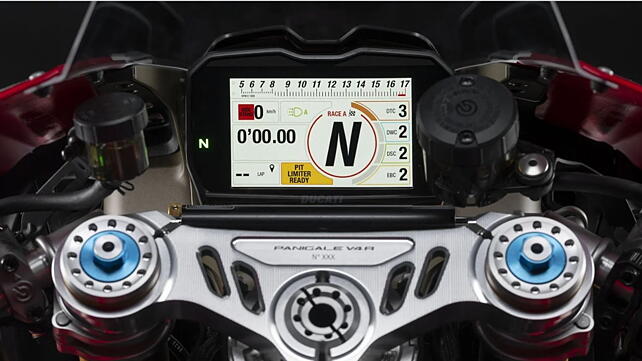
Aerodynamics design
While a majority of the bodywork is the same as other variants of the Panigale V4, the R trim gets additional elements for better heat management and improved aerodynamics. While the winglets deliver the same amount of downforce as the bike’s predecessor, the new ones are smaller, lighter, and thinner than before. The lower section of the fairing gets subtle alterations for better heat dissipation and to keep the sensor of the quick shifter system cool.





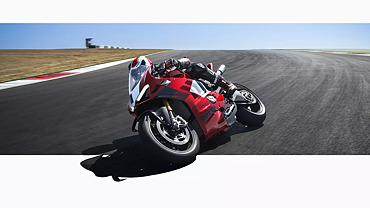


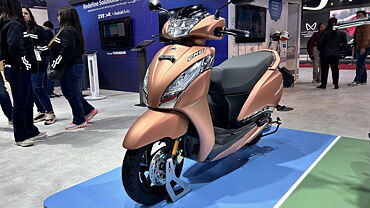
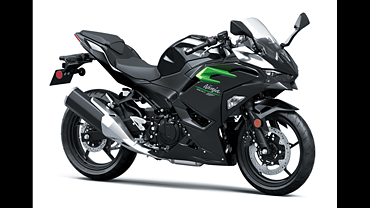

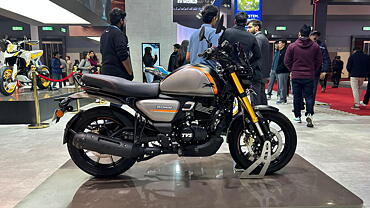













![KTM 390 Adventure X [2025] KTM 390 Adventure X [2025]](https://imgd.aeplcdn.com/272x153/n/cw/ec/190885/390-adventure-x-2025-right-side-view.jpeg?isig=0&q=80)